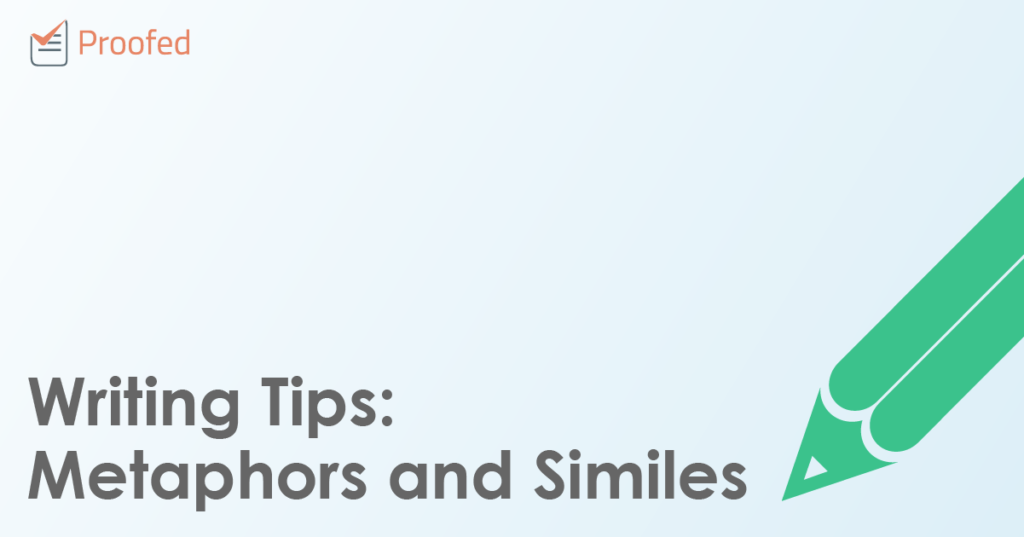Metaphors and similes are common in creative writing, and both use comparisons to tell us something about the world. However, there are some important distinctions between the two.
So, before you dive into the seas of literature, let us offer the life jacket of knowledge as we explain the differences between metaphors and similes.
What Are Metaphors?
Metaphors are words or phrases applied in a non-literal way to make a comparison. For example:
The winter sea was a dark blue wasteland stretching to the horizon.
Here, the metaphor is calling the sea a “dark blue wasteland.” The sea is not literally a wasteland; if it were, it would be considerably drier. However, by making this comparison, we can suggest that the winter sea shares qualities with a wasteland (e.g., being inhospitable and empty).
The essence of a metaphor is that, even though it is not literal, it is stated as if it were. It is not just a comparison: We are saying that the sea is a wasteland, which looks like a literal statement on the surface, so we have to know that it is a metaphor before we can understand it.
Metaphors are common in poetry and literature, but they’re also in some everyday phrases. If we say we are “all at sea,” for instance, we mean that we’re confused, not literally that we are lost on the ocean!
Find this useful?
Subscribe to our newsletter and get writing tips from our editors straight to your inbox.
Even the term “table leg” is technically a metaphor, since “leg” originally applied to limbs only, but it so common now we don’t even notice it. It is therefore known as a dead metaphor.
What Are Similes?
While metaphors involve suggesting that something is something else, similes are more modest. If we use a simile, we are only saying that something is like something else. For example:
The sky rumbled like an argument in the heavens.
Here, we’re not suggesting that there was actually an argument going on; we are simply saying that the thunder reminds us of an argument. Similes therefore use terms such as “like” or “as if” to indicate they are not literal (e.g., “the wind seemed angry” or “we ate as if we were starving”).
Metaphors vs. Similes
Ultimately, you don’t need to know the differences between metaphors and similes to use them. However, knowing this is essential if you’re writing about literature for a college paper! Remember:
- A metaphor involves claiming that something is something else to make a comparison
- A simile only involves claiming that something is like something else
